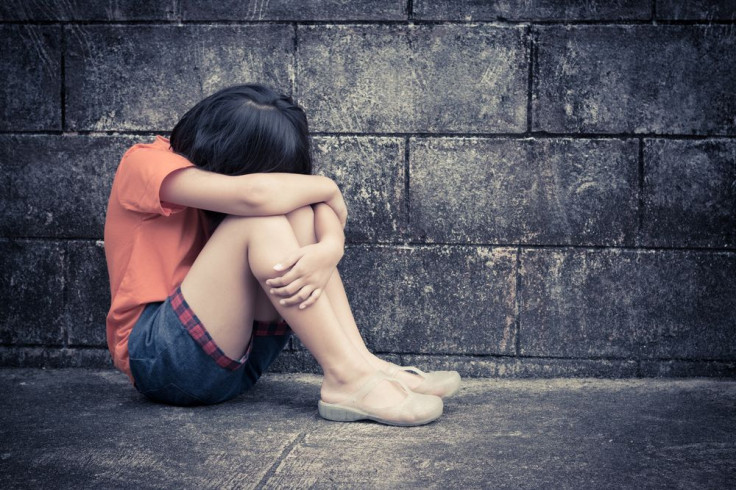Abused Children May Exhibit Patterns of Behavior That Predict Crime As Adults

A child’s behavior early in life is important, as it may be an indicator of how they’re treated by their caregiver. Mistreatment, such as abuse or neglect, can have drastic effects that result in certain behaviors in adulthood. New research from the University of Washington supports this, finding that boys and girls who have been abused exhibit a specific pattern of behavior early in life, and that it may allude to a future of criminal activity.
The study, published in the Journal of Interpersonal Violence, showed that elementary-aged boys who were abused were more likely to externalize their behavior by fighting, arguing, or acting out in some sort of way. The opposite was true for elementary-aged girls, who internalized their behavior, usually by being withdrawn or struggling with depression. Both groups of children were more likely to commit crimes as adults.
“There’s this sense that kids who are depressed and withdrawn and tend to isolate themselves from other people aren’t necessarily at risk for engaging in criminal behavior later on,” said Todd Herrenkohl, a co-author of the study and University of Washington professor of social work, in a statement.
This study is different from other studies because researchers were able to link early patterns of behavior in elementary school to abuse and later criminality, something that had not been previously done. It also began nearly four decades ago, recording and observing behavior in children (186 boys and 170 girls) aged 18 months to 18 years old from two Philadelphia counties.
The children’s parents were also asked questions about the types of discipline they used on their children — answers ranged from threatening to send their kid away to physical violence. In addition, each child was interviewed when they got older about how they behaved as children. These interviews continued periodically until 2010, when the researchers interviewed the study group (average age 36) once more, and found that about a quarter of participants reported committing a crime in the past year. The most common crimes were taking money or other items from family members, hitting someone, or threatening to do so.
The study’s findings aren’t conclusive given the small sample size. However, the study exposes the need for more research to better establish a link between childhood abuse and problem behavior later on as adults. Previous studies have already established links between domestic violence and neighborhood crime, as well as poverty and teen crime. Further exploration of the links between abused children and adult crime, especially focusing on either boys or girls, may lead to more well-developed, effective interventions.
“We need to find ways of identifying these kids and wrapping services around them and their families,” Herrenkohl said, “so that we’re reducing the likelihood that their behaviors are going to worsen over time.”
Source: Jung H, Herrenkohl T, Lee J, et al. Gendered Pathways From Child Abuse to Adult Crime Through Internalizing and Externalizing Behaviors in Childhood and Adolescence. Journals of Interpersonal Violence. 2015.



























